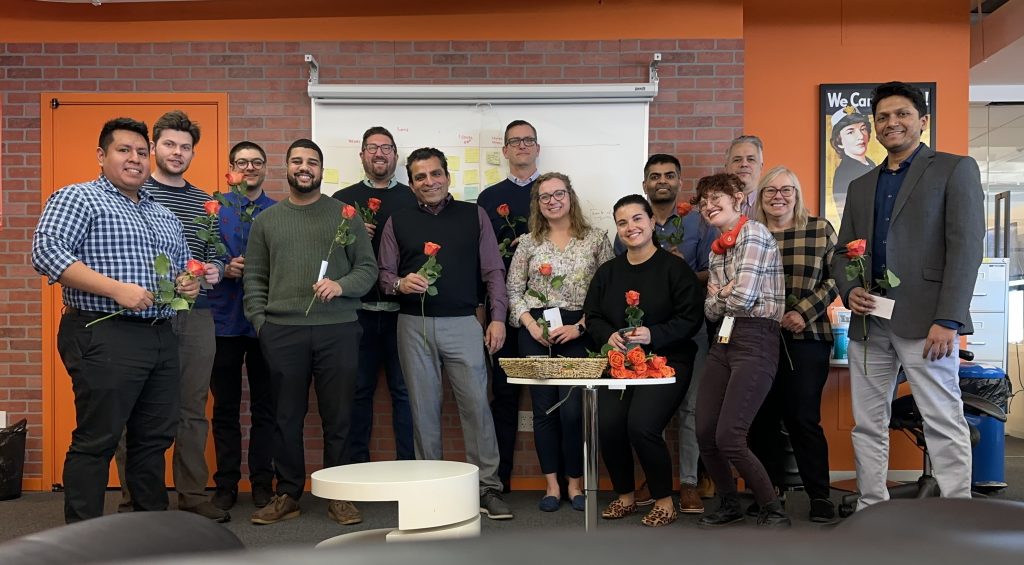
Overview
Here at InRhythm, we strive to prioritize a healthy work/life balance. Employee Engagement is key to crafting inner-office relationships that reflect mutual respect and foster a culture of compassion. It can be difficult to remind oneself to take a moment amidst the fast-paced happenings currently surrounding our industry – but, when you prioritize the wellbeing of your workforce… incredible things can happen.
This year, InRhythm’s leadership took the initiative to craft our #InRhythmLove exercise. The idea is to recognize that love goes beyond those with immediate significant others on Valentine’s Day, but is instead an opportunity to extend that appreciation to the people we spend most of our time with. Our InRhythmers work tirelessly to meet objectives, go above and beyond, and provide exemplary services for our client – and it was just about time to return the favor.
What Is #InRhythmLove?
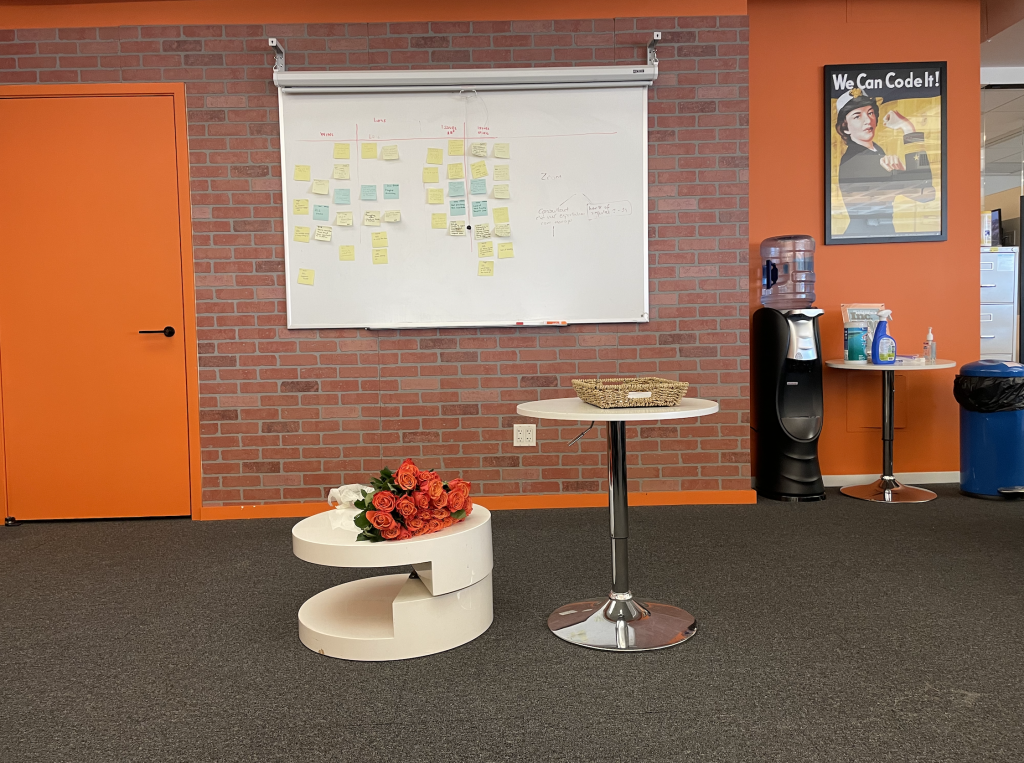
#InRhythmLove was a surprise celebration hosted by our InRhythm Leadership Team as a way to give back to our community. Our Operations Team normally meets every Wednesday afternoon to discuss all the latest and greatest InRhythm happenings – in order to develop an open door policy for information sharing and critical suggestions. So, it only felt appropriate to call for a laptop close and reclaim the time to really focus in on the incredible impact our team creates.
Our Leadership opened up the floor by presenting each participant with an index card and a rose to share positive thoughts with their peers, randomly and anonymously. We know it can be difficult to lift one’s self out of the hustle and bustle, so we felt that now more than ever – our team members deserved to know how their hard work contributes to all those around them.
From kind anecdotes to professional praises, our team went above and beyond to make everyone feel cared for and included in our office culture. It was an experience that left our office with a lighter air, proudly displayed desk roses, and a whole new motivation to work collaboratively.
Why Share #InRhythmLove?
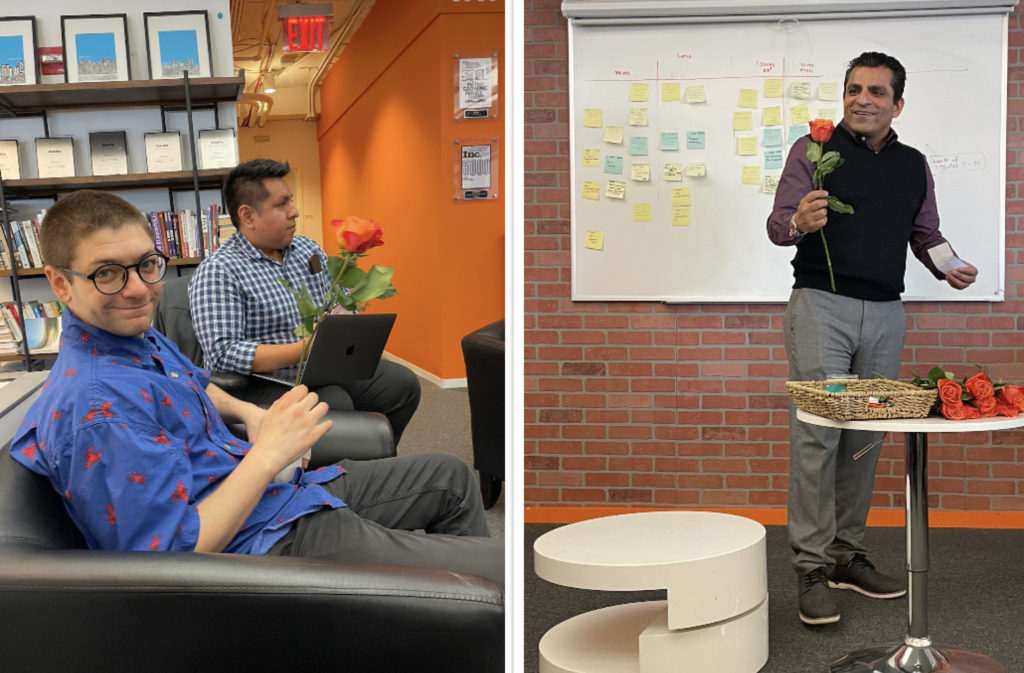
One of our primary missions here at InRhythm is to build a team that experiences a fulfilling balance of work and personal achievement. You can’t build an effective team without touching the key milestones to first and foremost maintain a – happy team.
The more included your team feels, the more positive the results. Inclusion should be a primary milestone ideal for any company structure
Companies with a high level of employee engagement find themselves more profitable by a factor of 21% in the long run according to TechJury. The Workplace Research Foundation further supported this with their findings that employees who are engaged with their work culture are 38% more likely to produce above-average performance and productivity.
In implementing engagement strategies for your employees, a company is putting forth a crucial investment not only for themselves, but also the overall wellbeing of their workforce.
96% of employees believe that showing empathy at work is an important way to build trust and advance employee retention, according to Forbes. This finding by Gallup punctuates the fact that employee engagement consists of concrete behavior, not an abstract feeling. Organizations that view engagement as a feeling conduct employee surveys and offer perks to improve the results. The report finds that the most successful organizations make employee engagement central to their business strategy. They give employees clear expectations and provide them with the tools and support to do their best work. Why are engaged teams more profitable? Those teams who score in the top 20% in engagement realize a 41% reduction in absenteeism, and 59% less turnover. Engaged employees show up every day with passion, purpose, presence, and energy.
How To Host You Own #InRhythm Love Session
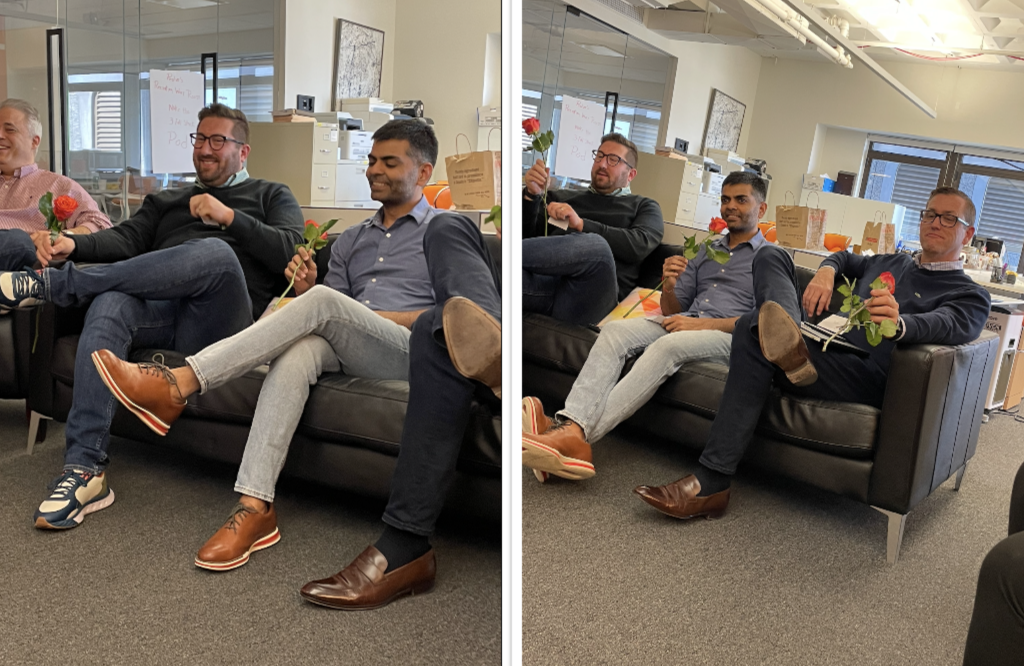
Looking to build an #InRhythmLove campaign for your workplace? Be sure to prioritize an activity that puts your employees front and center.
It doesn’t have to end with roses and index cards – you can give chocolates, do an act of service, or share a favorite pastry… the sky’s the limit!
The key is, to make sure whatever activity you choose, you’re anonymously crafting words of affirmation for your chosen “valentine.” The most important piece to this exercise is maintaining a positive acknowledgement for your team to take with them… not only the day of the exercise, but as a lifting spirit for all the days ahead!
If you decide to build your own #InRhythmLove Session be sure to share on Facebook, Instagram, LinkedIn, and Twitter with the hashtag #InRhythmLove so we can start a beautiful chain reaction of sharing kindness and gratitude in the workplace.
We can’t wait to see what you’ll create!
Closing Thoughts
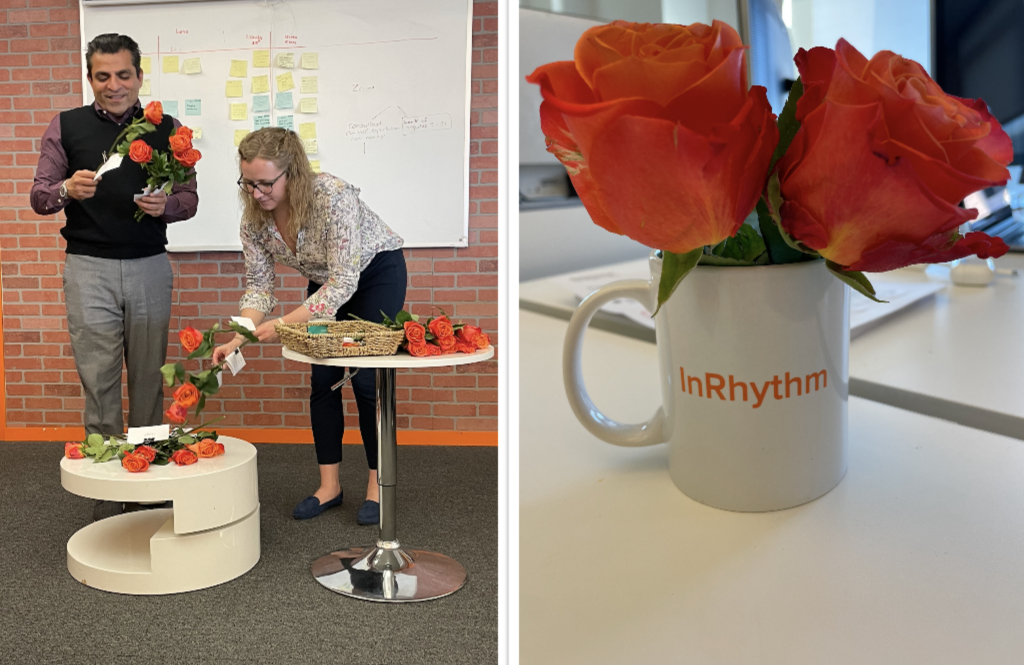
#InRhythmLove has been such an impactful implementation of gratitude in our everyday workplace, and we will strive to continue fostering an environment rich in love and acceptance.
Thank you to our InRhythm family for continually sharing the best of themselves with professionalism and grace – we wouldn’t be where we are today without you.








